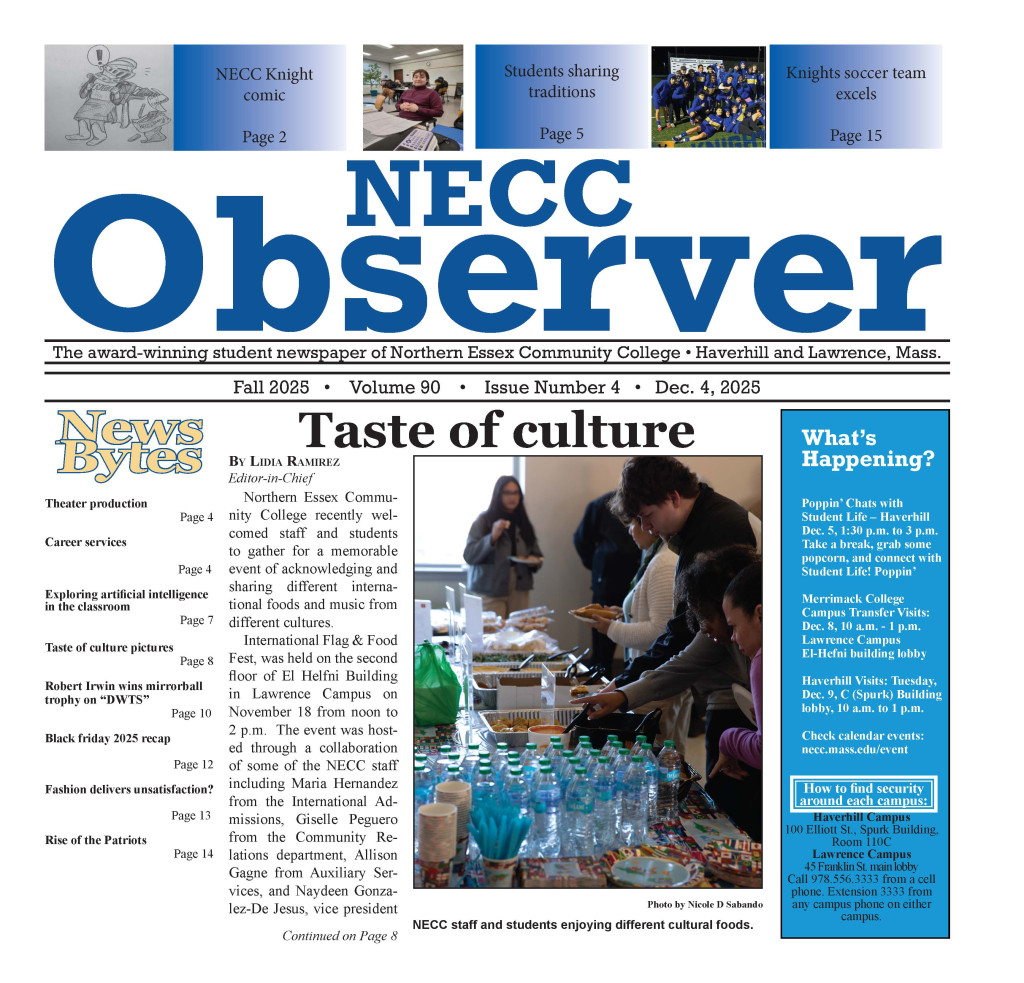Donald Trump’s presidential campaign was defined, in part, by his vehement disavowal of Project 2025, a conservative governance blueprint crafted by the Heritage Foundation. Publicly, Trump criticized the project, labeling its proposals as “ridiculous and abysmal.” Yet, post-election, his administration’s transition team has taken a starkly different approach, actively incorporating key figures and recommendations from the very plan he sought to distance himself from. This apparent contradiction underscores Trump’s strategic navigation of public opinion and political pragmatism, highlighting the controversial path his presidency may take.
Project 2025 is a sweeping conservative agenda designed to reshape the federal government by enhancing executive power, dismantling the administrative state, and aligning governance with Christian nationalist ideals. Central to the plan are proposals like “Schedule F,” a mechanism for firing thousands of career civil servants to replace them with political loyalists. Critics argue this would undermine the expertise and independence of federal agencies, effectively converting them into extensions of the presidency. While Trump initially sought to disassociate himself from the plan during his campaign, his post-election appointments signal a quiet embrace of its core principles.
One of the most telling examples of this shift is the nomination of Russell Vought to lead the Office of Management and Budget (OMB). Vought, a chief architect of Project 2025, authored its chapter on executive power, advocating for the dismantling of regulatory agencies and slashing federal budgets. During Trump’s first term, Vought held the same role and earned a reputation as a staunch advocate for deregulation and cost-cutting.
Vought’s influence extends beyond his nomination. In a leaked conversation, he reportedly revealed his involvement in preparing a detailed playbook for Trump’s first 180 days in office, filled with executive orders designed for immediate implementation. This aligns with Project 2025’s vision of consolidating presidential authority and enacting sweeping changes without the delays of legislative approval. Vought’s deep ties to the plan underscore Trump’s reliance on its architects to shape his governance strategy, even as he continues to distance himself from the project publicly.
Another significant figure is Stephen Miller, a long-time Trump ally and a supporter of Project 2025. Miller has been appointed as deputy chief of staff for policy and Homeland Security adviser, key roles that give him significant influence over immigration and national security policies. Miller, who founded the group America First Legal, was previously on Project 2025’s advisory board before distancing his organization amid growing scrutiny. Nonetheless, his endorsement of the plan’s priorities — particularly its hardline immigration policies — suggests a continued commitment to its principles within Trump’s inner circle.
Brendan Carr, another Project 2025 contributor, has been tapped to lead the Federal Communications Commission (FCC). Carr’s contributions to the project’s vision for the FCC emphasize deregulation and curtailing the independence of regulatory agencies, aligning with Trump’s broader goals of reducing federal oversight. Similarly, Tom Homan, a contributor to the project’s immigration policies, has been appointed as the administration’s “border czar.” Homan, who previously served as acting director of Immigration and Customs Enforcement (ICE) during Trump’s first term, was instrumental in implementing controversial policies like family separation. His new role is expected to focus on mass deportations, reflecting the hardline stance advocated by Project 2025.
During the election, Trump’s team went to great lengths to distance him from Project 2025, with Trump himself claiming to know “nothing” about the plan. The project’s unpopularity among voters, particularly its Christian nationalist elements and calls for sweeping changes to the federal workforce, made it a liability during the campaign. Democrats capitalized on this, linking Trump to the plan in campaign ads and debates. Even Trump’s allies attempted to downplay the association, with his super PAC creating a counter-campaign branding Project 2025 as a “hoax.”
Despite these denials, the appointments of Project 2025 contributors suggest that Trump never entirely severed ties with the plan. Instead, he appears to have waited until after the election to integrate its authors into his administration. Critics argue this strategy reflects a pattern of political expediency: publicly distancing from controversial ideas to win elections, only to embrace them once in power.
Implications of Trump’s embrace of Project 2025 extend far beyond personnel choices. By aligning his administration with the plan’s architects, Trump is signaling a commitment to its broader vision of governance. This includes a significant centralization of presidential authority, a rollback of regulatory oversight, and policies that critics argue undermine democratic institutions. For instance, the implementation of “Schedule F” would enable Trump to overhaul the federal workforce, replacing experienced civil servants with political appointees. Proponents argue this would streamline governance and ensure alignment with the president’s agenda, while opponents warn it risks turning federal agencies into partisan tools.
Moreover, the plan’s alignment with Christian nationalism raises concerns about the erosion of the separation between church and state. Vought and other Project 2025 contributors have openly advocated for governance rooted in Christian teachings, a vision that could marginalize non-Christian communities and challenge the pluralistic principles of American democracy. Critics warn that such policies could exacerbate social divisions and undermine constitutional protections for religious freedom.
The extensive personnel database created by Project 2025, described as a “conservative LinkedIn,” has reportedly been used by Trump’s transition team to identify candidates for lower-level positions, further embedding the project’s influence within the administration.
Trump’s post-election appointments reveal a calculated embrace of Project 2025, despite his earlier disavowal of the plan. By placing its architects in key positions, Trump is laying the groundwork for a presidency defined by centralized authority, regulatory rollbacks, and hardline conservative policies. While this strategy may resonate with his supporters, it has raised alarm among critics who fear its implications for democratic governance, civil rights, and the independence of federal institutions. As Trump’s second term begins to take shape, the influence of Project 2025 will likely remain a central—and contentious—aspect of his administration.
Note: Kim Zappala is a former editor-in-chief and opinion editor of the NECC Observer.

